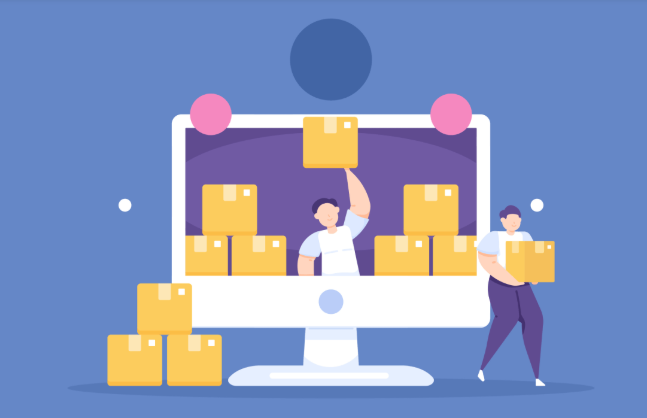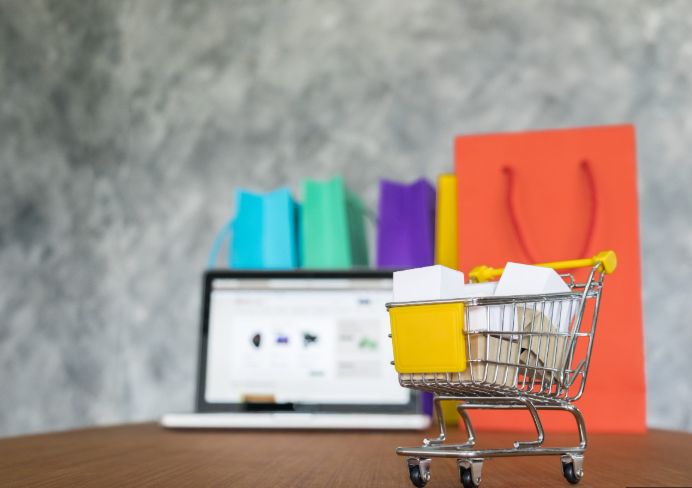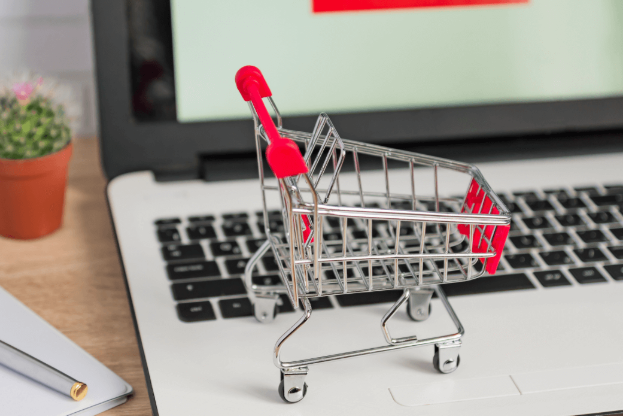Dropshipping has become a popular business model for aspiring entrepreneurs looking to enter the e-commerce space with minimal upfront investment. Shopify, a leading e-commerce platform, provides the tools and resources necessary to streamline the dropshipping process. This comprehensive guide will walk you through every step of setting up and managing a successful dropshipping business on Shopify, from selecting your niche to optimizing your marketing strategies.
Understanding Dropshipping
What is Dropshipping?
Dropshipping is a retail fulfillment method where the store owner does not keep products in stock. Instead, when a customer places an order, the store purchases the item from a third-party supplier who then ships it directly to the customer. This model allows entrepreneurs to run an online store without the burden of inventory management or upfront product costs.
How Does Dropshipping Work?
The dropshipping process can be broken down into several key steps:
Partner with a Supplier: Choose a reliable supplier who will handle inventory and shipping.
Set Up Your Online Store: Create your Shopify store and list products from your supplier.
Receive Customer Orders: Customers place orders and pay directly through your store.
Forward Orders to Supplier: Send order details to your supplier for fulfillment.
Supplier Ships Product: The supplier packages and ships the product directly to the customer.
Customer Receives Product: The customer receives their order without knowing it came from a third party.
Getting Started with Shopify Dropshipping
Step 1: Choose Your Niche
Selecting the right niche is crucial for your dropshipping success. Consider these approaches:
Passion-Based: Choose a niche that aligns with your interests or expertise.
Market Demand: Use tools like Google Trends and keyword research to identify trending products with high demand but low competition.
A well-defined niche helps you target specific audiences effectively and build brand loyalty.
Step 2: Find Reliable Suppliers
Finding trustworthy suppliers is essential for maintaining product quality and ensuring timely shipping. You can source suppliers through:
Dropshipping Apps: Use platforms like Oberlo, DSers, or Spocket that connect you with various suppliers.
Direct Partnerships: Establish direct relationships with manufacturers or wholesalers in your chosen niche.
Evaluate potential suppliers based on shipping times, product quality, and customer service capabilities to ensure they meet your business standards.
Step 3: Set Up Your Shopify Store
Creating your Shopify store involves several steps:
Sign Up for Shopify: Start with a free trial to explore the platform's features.
Choose a Theme: Select a professional-looking theme that reflects your brand identity and appeals to your target audience.
Customize Your Store: Add your logo, create essential pages (About Us, Contact Us), and set up payment gateways for seamless transactions.
Install Dropshipping Apps: Integrate dropshipping apps that automate product importation and order fulfillment processes.
Step 4: Import Products
Once your store is set up, you can begin importing products from your chosen suppliers:
Use the dropshipping app to browse available products.
Import product details including descriptions, images, and prices into your store.
Edit product descriptions to make them unique and engaging, ensuring they resonate with potential customers.
Step 5: Set Pricing Strategies
Pricing your products correctly is vital for profitability. Consider these strategies:
Cost-Plus Pricing: Add a markup percentage on top of the supplier's price.
Competitive Pricing: Research competitors’ prices and adjust accordingly to remain competitive while ensuring healthy profit margins.
Effective pricing strategies help attract customers while maximizing profits.
Step 6: Optimize Your Store
To enhance user experience and increase sales conversions:
Improve Product Pages: Use high-quality images and compelling descriptions optimized for SEO to improve visibility in search engines.
Set Clear Policies: Create transparent shipping, return, and privacy policies to build trust with customers.
Mobile Optimization: Ensure your store is mobile-friendly as many customers shop via smartphones.
Marketing Your Dropshipping Store
Step 1: Build an Online Presence
Establishing an online presence is critical for attracting customers:
A strong online presence increases brand awareness and customer engagement.
Step 2: Implement Paid Advertising
Investing in paid advertising can significantly boost visibility:
Paid advertising helps reach broader audiences quickly, driving traffic to your store.
Step 3: Leverage Influencer Marketing
Collaborating with influencers can enhance brand credibility:
Influencer marketing can provide social proof and drive sales through authentic recommendations.
Managing Orders and Customer Service
Order Fulfillment Process
Efficient order management is crucial for customer satisfaction:
A smooth order fulfillment process enhances customer satisfaction and encourages repeat business.
Providing Excellent Customer Support
Customer service plays a significant role in retaining customers:
Providing excellent customer support builds trust and fosters long-term relationships with customers.
Social Media Marketing: Utilize platforms like Instagram, Facebook, and Pinterest to showcase products and engage with potential customers through regular posts and stories.
Content Marketing: Create blog posts or videos related to your niche that provide value while driving organic traffic through SEO efforts.
Facebook Ads: Target specific demographics based on interests related to your products for effective outreach.
Google Ads: Use search ads to capture potential customers actively searching for products similar to yours.
Identify influencers within your niche who resonate with your target audience.
Send them free samples in exchange for reviews or promotions on their platforms, helping you reach their followers effectively.
Automate Order Processing: Utilize dropshipping apps that automatically forward orders to suppliers for streamlined operations.
Track Shipments: Provide tracking information to customers so they can monitor their orders in real-time.
Handle Returns Promptly: Establish clear return policies and manage returns efficiently through communication with suppliers.
Offer multiple contact methods (email, chat, phone) for inquiries.
Respond promptly to customer questions or concerns to enhance their shopping experience.
Tips for Success in Dropshipping
Research Competitors Regularly: Stay informed about competitors' strategies and adapt accordingly to maintain a competitive edge.
Test Different Products: Experiment with various products within your niche to identify what resonates best with your audience.
Optimize Ad Campaigns Continuously: Monitor ad performance regularly and adjust targeting or creative elements as needed for better results.
Utilize Email Marketing: Build an email list of subscribers interested in your products; engage them through newsletters featuring promotions or new arrivals.
Focus on Branding: Develop a strong brand identity that sets you apart from competitors in the crowded dropshipping space; consistency across all platforms reinforces brand recognition.
Conclusion
Starting a dropshipping business on Shopify offers an accessible entry point into e-commerce without significant financial risk. By following this comprehensive guide—choosing the right niche, finding reliable suppliers, optimizing your store, effectively marketing your products, and providing excellent customer service—you can build a successful online business that meets customer needs while achieving sustainable growth in the competitive e-commerce landscape. With dedication and strategic planning, you can turn your dropshipping venture into a profitable enterprise that thrives in today’s digital marketplace.





